- Joined
- Apr 13, 2014
- Messages
- 82
Well, just as the title says my son and I have aquired a Logan 1957 lathe. In its previous life the QCGB had been gutted and a direct drive electric motor installed to power the lead screw. There is a variable speed dial and a forward/reverse lever on the gear motor. Also in the deal, we got a 6 position turret and a 5C quick change collet. Our goal is to be able to do a few hobby gunsmithing chores such as chamber, crown barrels, as well as thread barrels.
After some online research on cost and availability of a replacement QCGB, I met the Chance brothers, Slim and None...:banghead: So now I have looked at the possibility of a electronically controlled lead screw. I understand the theory as to how it operates and am not afraid to tackle such a project. Have any of you done such a thing? Is the accuracy comparable to the mechanical gearset found on a lathe or am I just blowing smoke?
Here are a few pictures of our diamond in the rough. Thanks for your input and God bless.
Jon In Tucson
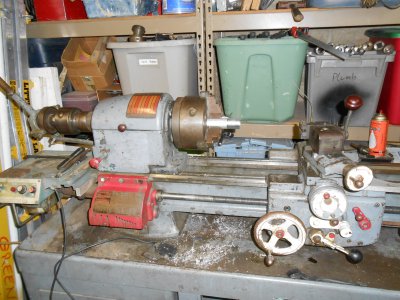
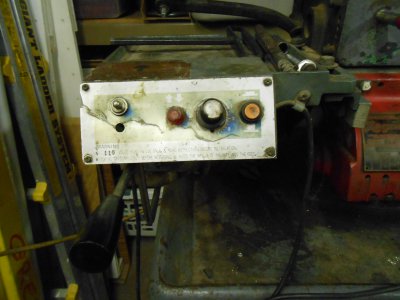
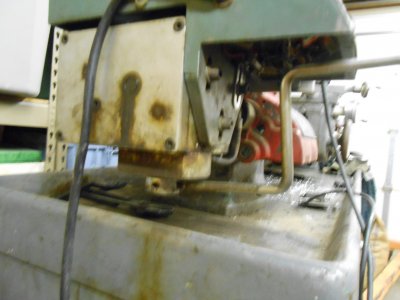
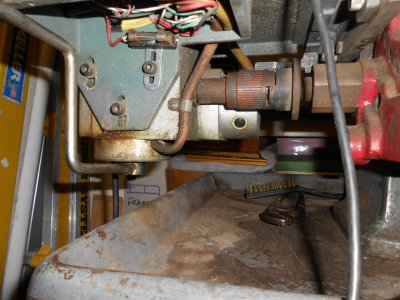
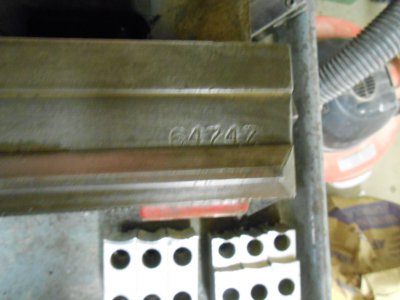
After some online research on cost and availability of a replacement QCGB, I met the Chance brothers, Slim and None...:banghead: So now I have looked at the possibility of a electronically controlled lead screw. I understand the theory as to how it operates and am not afraid to tackle such a project. Have any of you done such a thing? Is the accuracy comparable to the mechanical gearset found on a lathe or am I just blowing smoke?
Here are a few pictures of our diamond in the rough. Thanks for your input and God bless.
Jon In Tucson






